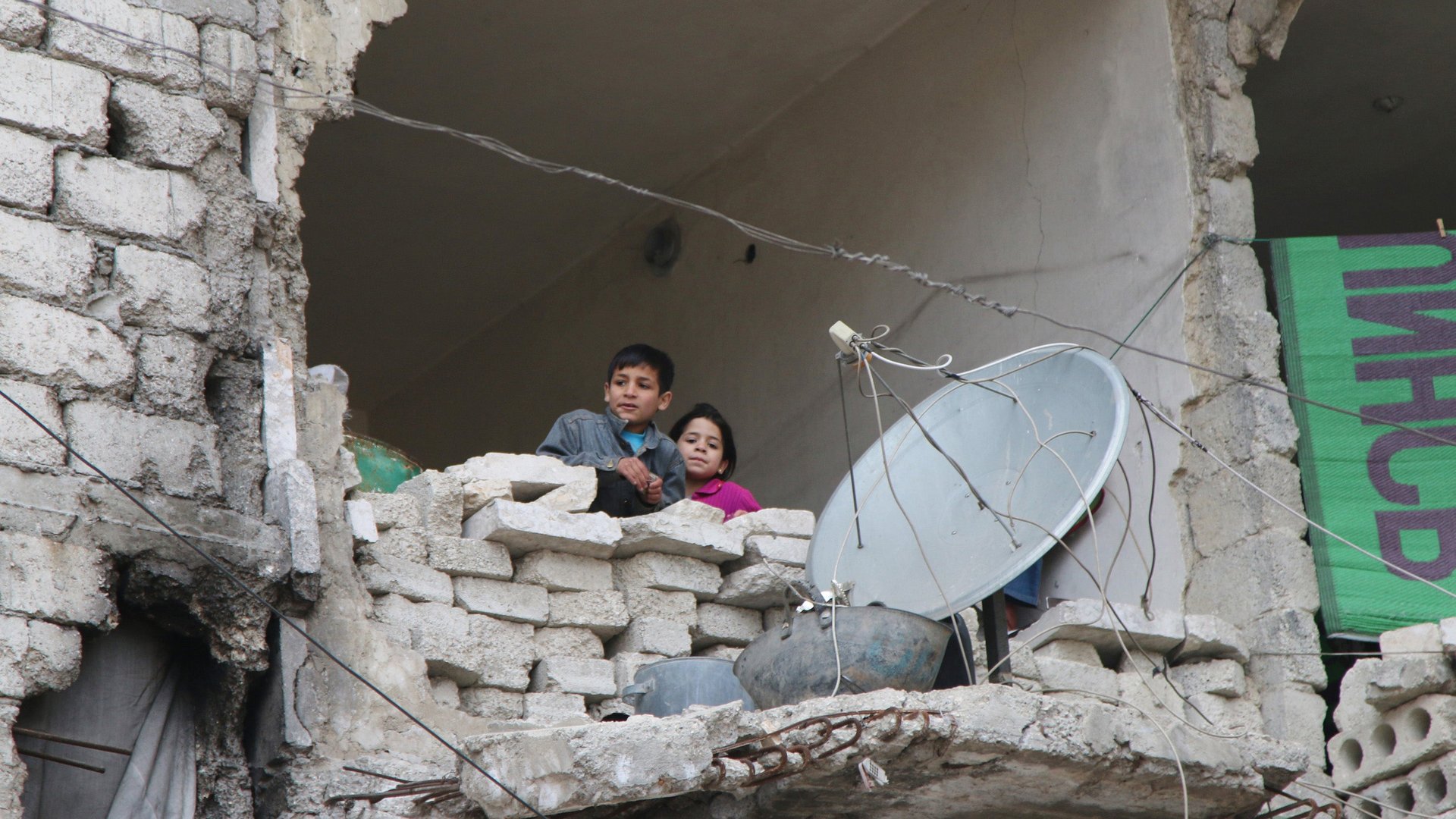Here are Obama’s options if the Syria peace deal fails (and it probably will)
On Feb. 11, the United States and Russia announced they had reached an agreement to get the Syria peace process back on track. There’s just one problem: Most analysts, diplomats and informed observers are operating under the assumption that the peace deal will fail.


On Feb. 11, the United States and Russia announced they had reached an agreement to get the Syria peace process back on track. There’s just one problem: Most analysts, diplomats and informed observers are operating under the assumption that the peace deal will fail.
Under the deal, codified by the International Syria Support Group, all combatants in Syria’s civil war, including Russia, would agree to a “cessation of hostilities.” (Terrorist organizations like the Islamic State and al-Nusra Front would continue to be targeted.) Humanitarian assistance previously blocked by Syrian president Bashar al-Assad would be allowed into some of the country’s hardest-hit areas.
Unfortunately, even the diplomats who negotiated the deal have serious doubts that the Assad regime, Russia, and hundreds of Syrian opposition factions will actually follow through. As a European diplomat told CNN on condition of anonymity about 48 hours after the deal was announced, “We’re very skeptical … We’ve seen before with Russia that they tend to not necessarily respect this kind of agreement.” Meanwhile, violence has continued in Syria despite the Feb. 19 deadline for the beginning of the ceasefire.
Given the likelihood that the peace deal will break down, the Obama administration ought to be working on a backup plan right now. Here are some of its options:
More sanctions on Russia
Russia faces significant economic sanctions from the US and European Union for its aggressive actions in eastern Ukraine. Thomas Wright of the Brookings Institution suggests that further sanctions linked to Russia’s targeting of Syrian civilians may be necessary. Vladimir Putin’s actions, Wright argues, should prompt the US and Europe to impose further banking and financial sanctions unless Russia agrees to stop its assault on the rebel-held city of Aleppo. For Putin, who hopes that the US and European sanctions will be lifted this summer, sanctions linked to Syria would be a shot across the bow at a time when Russia’s economy continues to struggle.
A no-fly zone or safe zone in northern Syria
Establishing a no-fly zone in Syria has been the subject of much controversy in Obama’s National Security Council. The president has thus far rejected the option as unworkable. Critics argue that it would be difficult to enforce a no-fly zone, and that attempts to do so could risk pitting US and Russian planes against one another.
But if Assad succeeds in seizing Aleppo, the fall of the city could strengthen the argument that only a safe zone in northern Syria can protect what is left of the moderate opposition. Establishing a no-fly zone in partnership with Syrian Kurds could make it easier for anti-ISIL forces to train, recruit and plan operations. And it would give the tens of thousands of civilians driven from Aleppo a safe place to go without having to seek refuge in Turkey.
Sending advanced weapons to the opposition
The moderate Syrian opposition is severely outgunned. Unlike the Russians and the Assad regime, this faction has limited or no access to aircrafts, tanks, ammunition, or bombs. The supply problem will only get worse if pro-government forces—with the help of Russian airpower—manage to plug the Syrian-Turkish border that has served as the moderate opposition’s primary supply route.
President Obama could decide to increase the quantity and quality of the weapons provided to moderate opposition brigades. This would be a risky strategy, but it could shift the balance of power in Syria. Saudi Arabia’s foreign minister has already called for delivering anti-aircraft weaponry to the opposition—a request that Congress has prohibited in the past. But faced with the prospect of the Assad regime overtaking rebel-held areas of Aleppo and cutting off the opposition’s supply routes to Turkey, the administration might think differently.
Focus exclusively on the Islamic State
The US has a two-track strategy in Syria: destroying ISIL while pressing for a diplomatic solution to the Assad question. The fact that Assad remains in the presidential palace four years after Obama demanded his removal is a giant thorn in the side of the administration. Indeed, every day that Assad remains in office, the international community is reminded of Washington’s ineffectiveness in accomplishing this goal — one that is still official U.S. policy. The US may have to determine whether it has bitten off more than it’s willing to chew. For president Obama, hitting ISIL hard is the primary U.S. national security interest.
Wait it out
With 11 months left in office, the Obama administration is almost out the door. Like all presidents in their last year, president Obama has a list of priorities that he wants to accomplish to enhance his legacy. Like it or not, resolving the civil-turned-proxy-war in Syria is probably not one of those priorities. Secretary of state John Kerry remains a persistent advocate for more forceful American action in Syria, but it is clear that he doesn’t call the shots.
In Obama’s view, the US cannot come close to resolving the war unless the Assad regime and the moderate opposition each agree to put the interests of the Syrian people first by reaching a diplomatic solution to the conflict. Syria’s future could very well be kicked down the road for the next commander-in-chief.